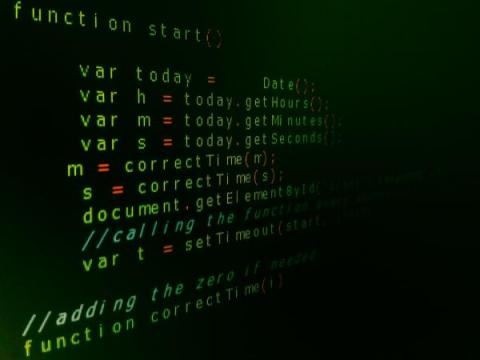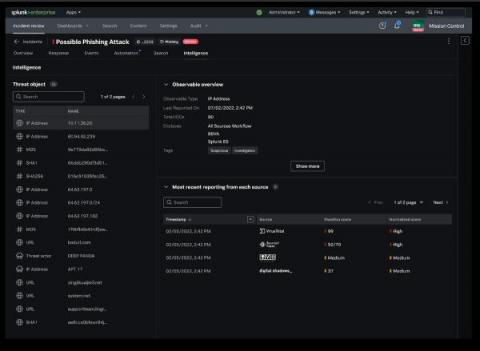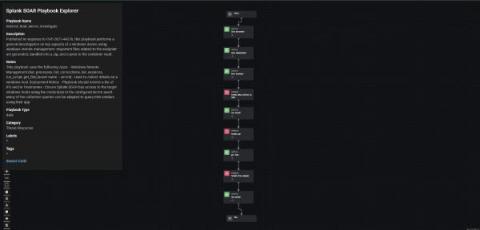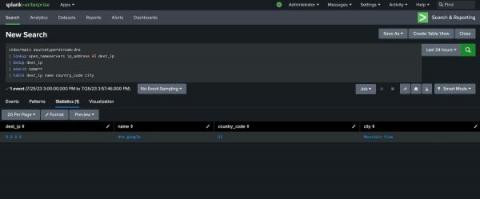Application Security Requirements: Trends and Best Practices
Ensuring application security is not just about protecting data. It’s about safeguarding your company's reputation, keeping customer trust, and adhering to increasingly stringent regulatory requirements. Read on as we delve into application security requirements: the pressing security threats impacting applications, the critical security requirements your application needs to meet, and the best practices to adopt to achieve robust application security.











